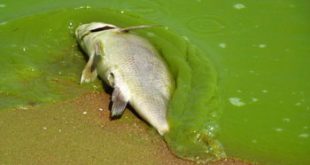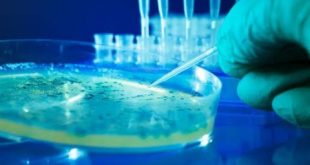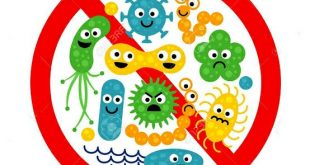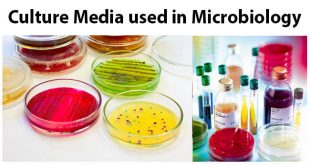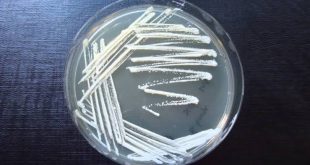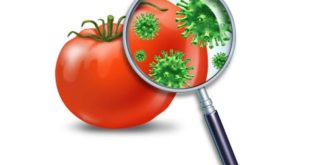Metabolism: (Gr. metabole = change) the totality of the chemical changes in living cells which involves the buildup and breakdown of chemical compounds. Metabolites Primary metabolites: Molecules that are essential for growth and development of an organism. Secondary metabolites: Molecules that are not essential for growth and development of an …
Read More »Toxic Algae & Human Health
Algal toxins are toxic substances released by some types of algae when they are present in large quantities (Blooms) and decay or degrade. These toxins are called ‘Phycotoxins’ (from Greek, phykos, “seaweed”; and toxikon, “toxin”). They are usually complex allelopathic metabolites produced by algal secondary metabolic pathways. These metabolites are (in most cases) not harmful to …
Read More »Preservation of Cultures
The primary aim of culture preservation is to maintain the organism alive, uncontaminated, and without variation or mutation, that is, to preserve the culture in a condition that is as close as possible to the original isolate. Once a microorganism has been isolated and grown in pure culture, it becomes …
Read More »Control of Microorganisms
Control of Microorganism by Heat Heat generally appears to kill micro-organisms by denaturing their enzymes: the resultant changes to the three-dimensional shapes of these proteins inactivate them. Heat resistance varies among different microbes. These differences can be expressed through the followings; Thermal death point (TDP) is the lowest temperature at …
Read More »Growth of Bacteria
Generation Time The time required for a cell to divide or a population to divide is known as the generation time. For bacteria it is the time, required for a complete fission cycle. Generation time depends on nutrient media, pH, temperature etc. The generation time “g” can be determined from …
Read More »Cultivation of Microorganisms: Types of Culture Medium
Solid, liquid, gel (semisolid) designed to support the growth and supply nutrients to any cell or microorganism is a culture medium. It is a special medium used in microbiological laboratories to grow different microorganisms. A microbiological culture medium must contain: Source of energy (chemicals for chemotrophs and lights for phototrophs) …
Read More »General Methods of Microbial Isolation
In microbiology, the term isolation refers to the separation of a strain from a natural, mixed population of living microbes, as present in the environment, in order to identify the microbes of interest. Isolation can be done from, for example, water or soil flora or from living beings with skin …
Read More »Measurement of Microbial Growth
Direct microscopic count The direct total cell count involves counting the number of cells in a simple microscopically. This technique is very similar to that used in blood cell counts. Scientists perform a direct microscopic count using a specially designed slide called a Petroff-Hausser cell counter/ counting chamber/ cytometer/ hemacytometer …
Read More »Microbiology of Food
Food is any substance consumed to provide nutritional support for the body. Food contains essential nutrients such as carbohydrates, fats, proteins, vitamins or minerals. Food is ingested by an organism and assimilated by the organisms cells to provide energy, maintain life or stimulate growth. Classifications of food According to Martin …
Read More »Microbial Water Pollution
Water pollution is any undesirable changes in physical, chemical and biological characteristics of water that may harmfully affect the life or create a potential health hazard for living organisms. When the pollutant is undesirable microorganisms, the phenomenon is called microbial water pollution. Through ordinary exposure to air, soil and effluent …
Read More » Plantlet The Blogging Platform of Department of Botany, University of Dhaka
Plantlet The Blogging Platform of Department of Botany, University of Dhaka

